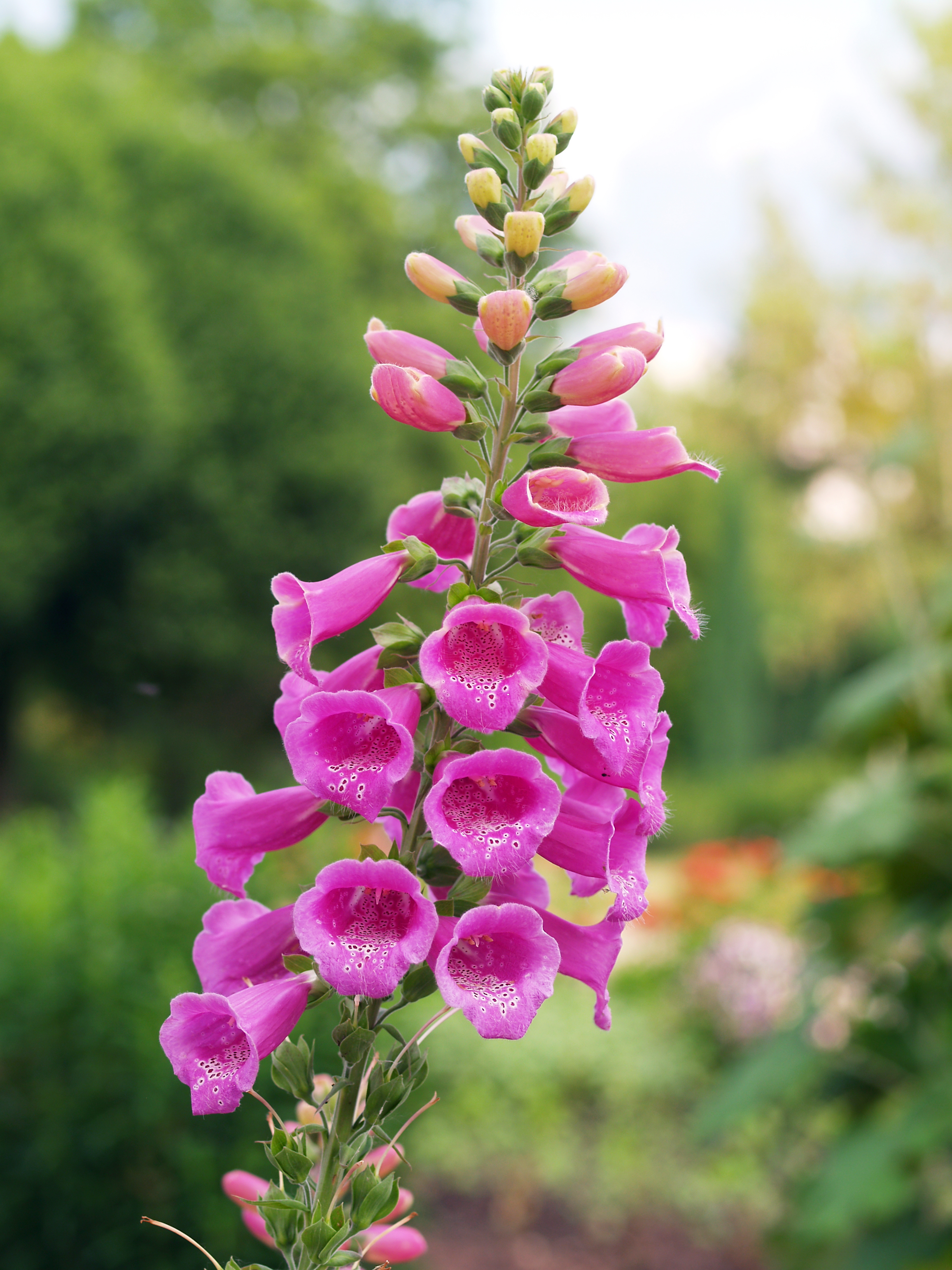Mit arrangement
New research from Aarhus University can be of decisive importance for the thousands of Danes living with a heart disease. A new understanding of how a widely used compound in heart medicine affects the cells may make it possible to develop a new medicine for treating fibrillation and heart failure, for example.

For 200 years, it has been known that the poisonous foxglove plant, which is found in many Danish gardens, can help people with heart disease. The active substance in the plant, one of the so-called cardiotonic steroids, can help the heart to contract regularly. If it is given in the right dose, of course. Because in higher doses the substance can cause death. Thus, it should always be treated with caution. Consequently, research is still being conducted to understand the molecular mechanism in which the substance plays a role in order to improve heart medicine and possibly find alternatives. Researchers from Aarhus University have now come a step closer.
New knowledge builds on Nobel Prize discovery
The researchers' studies build on the work with the sodium-potassium pump, for which AU professor Jens Christian Skou was awarded the Nobel Prize in Chemistry in 1997. The microscopic pump is of crucial importance for the efficient functioning of all the cells in the body and, among other things helping to regulate the concentration of calcium in the cells. In the heart, it is important for the ability of the heart musculature to contract. The sodium-potassium pump is therefore an obvious focus area when developing heart medicine.
"We are in the process of describing the molecular consequences when cardiotonic steroids bind to the sodium-potassium pump. Our latest results show what the structure looks like, and which interactions take place between the compound and the pump. Taking this knowledge, it is now possible to design new compounds which are more targeted and more suitable as drugs than the previously used steroids," says Associate Professor Natalya Fedosova from Aarhus University.
The next step is to perform experiments with other steroids and find a link between their structure and impact on pump operation. The work is part of a major drug development project at the PUMPkin basic research centre at Aarhus University.
The research group's results have just been published in the international journal Proceedings of the National Academy of Sciences of the United States of America (PNAS).
Read more about PUMPkin
Read the article "Crystal structure of the high-affinity Na+, K+-ATPase-ouabain complex with Mg2+ bound in the cation binding site".
Further information
Associate professor Natalya Fedosova
Aarhus University, Department of Biomedicine
Tel.: +45 8716 7752
nf@biophys.au.dk
Professor Poul Nissen
Aarhus University, Department of Molecular Biology and Genetics
Tel.: +45 2899 2295
pn@mb.au.dk
